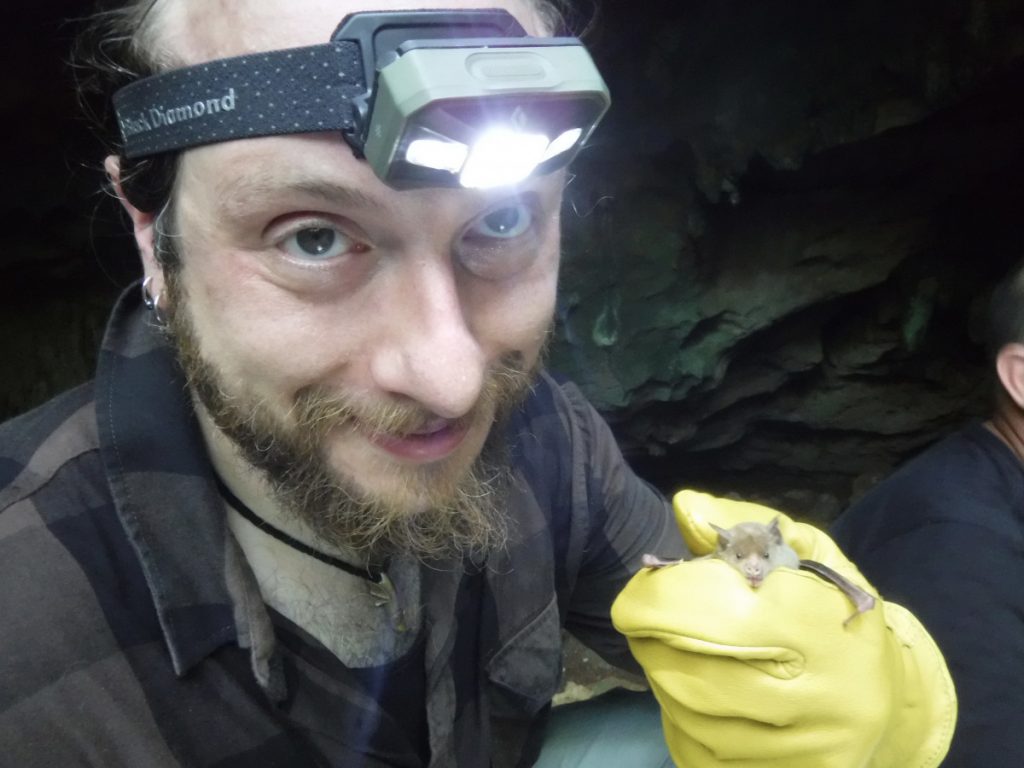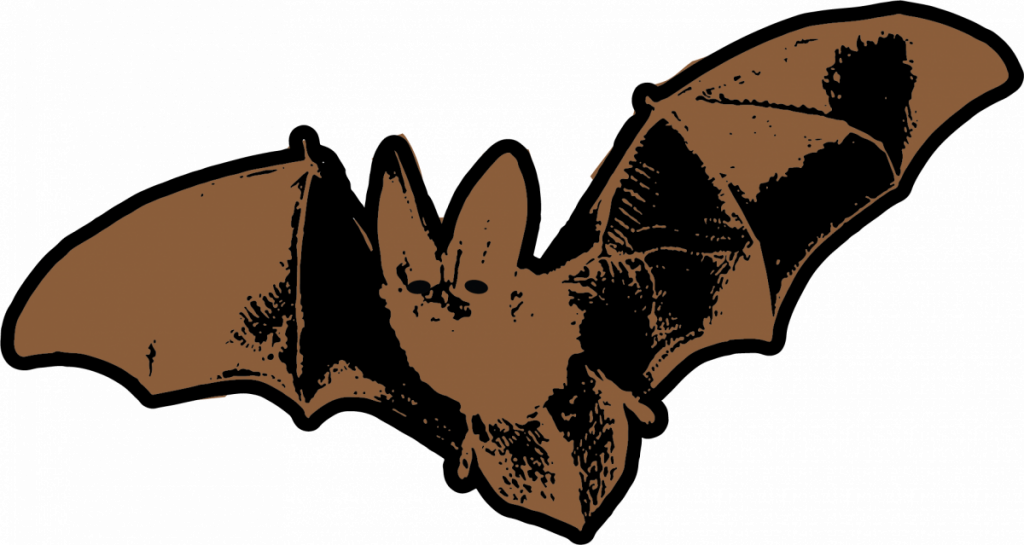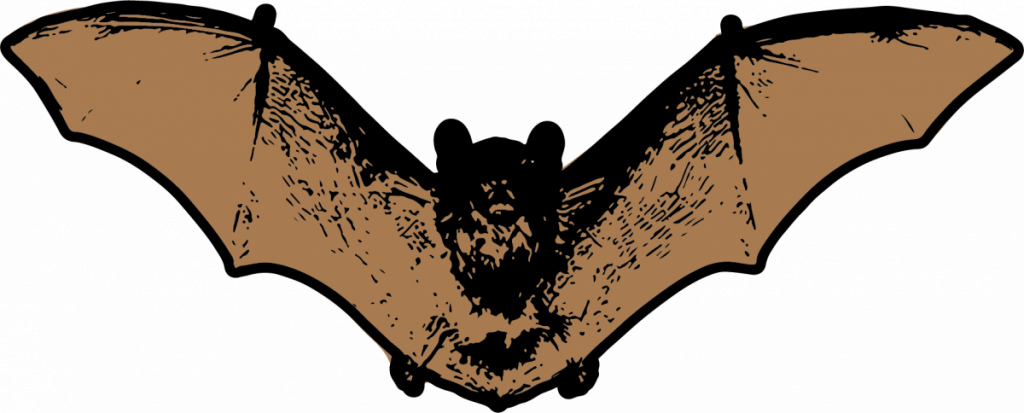
Mariia Novoselia
Staff writer
As creatures of many talents with an unenviable reputation, bats hold a prominent place on the grounds of the Institution. This weekend, Chautauquans will get a chance to listen to them.
Biologist Jonathan Townsend began “officially” studying bats in 2003, when, along with a fellow scientist, he did population monitoring and diet analysis of little brown bats. Yet, his affinity for the animals started far before that.
“I’ve been in love with bats since I was in elementary school,” Townsend said, noting he was “the nerd with big thick glasses at the library, reading books on bats” while waiting for his parents to pick him up.
Townsend, who sits on the board of Greystone’s Bat, Bird and Butterfly Sanctuary, will host “Listening to Bats” at 8 p.m. Sunday at Smith Wilkes Hall for the Bird, Tree, & Garden Club. The program consists of two parts. First, in the theoretical part, he said he will provide attendees with fundamental information on bats.

Diving deeper, he will talk about the different species of bats that live on the grounds and the conservation issues they face.
In the second, hands-on part of his talk, Townsend will use an ultrasonic microphone, which makes it possible to walk around and record echolocation calls, even without direct contact with bats. Connected to an iPad, the device allows scholars to study the animals in different ways, and adds some fun to education. With it, Townsend said, people can see the way a bat sound looks, since the device generates a visual.
Little brown bats at the Institution, Townsend said, used to make up one of the largest colonies in the northeastern United States. There were about 10,000 bats scattered around Chautauqua in people’s attics. This changed drastically during the winter of 2008-2009.
Normally, Townsend said, bats hibernate in wintertime. The spread of white-nose syndrome, a disease caused by a fungus, led to a significant number of bats dying during hibernation. There was a 90% to 99% decline in the little brown bat population; however, Townsend said that does not mean every single one of the bats never woke up.

Little brown bats on the grounds of Chautauqua form a maternity colony. This means that during the summer, bat mothers and daughters return to the colony where they were born to raise their pups communally.
“I assume that with such a large maternity colony here, there would be a lot of individuals that are not dying from the disease,” Townsend said, noting that his acoustic surveys confirm this assumption. “How many? We don’t know. But the fact that they are here is really encouraging.”
Right now, Townsend is working on identifying the places that bats are more likely to inhabit. The list of variables he is assessing includes the presence of bodies of water and proximity to them, types of landscapes, and kinds of trees and their heights, among others.
All these factors, he said, influence the likelihood of catching a bat. This research is important because it contributes to conservation strategies.
Wind turbines, Townsend said, kill as many bats as white-nose syndrome – between 500,000 to 1 million individuals every year in the United States alone. While the disease affects hibernating colonial species, wind-energy development strikes migratory solitary species that live on treetops.
Knowing where bats live, he said, will allow him to advocate for and establish conservation measures to avoid adverse impacts on bats.
Having spent many years researching bats, Townsend said what sustains his interest is that one can never run out of “cool things to learn.”
“It’s like a mystery box – you just don’t know what you are going to come across when you’re doing research,” he said.
A common misconception Townsend has encountered is that bats are dirty and spread diseases. On the contrary, he said, less than 1% of bats carry rabies.
It is easy to misjudge bats, he said, because people tend to only come into contact with them under stressful circumstances, which creates a negative impression.
“People who are scared of bats should be more concerned about a world without bats,” he said.
Townsend said he hopes his “bat evening” will help Chautauquans learn how “awesome and important” bats are. Because bats populations are decreasing around the world, he said, researching the animals and the ways people can help conservation efforts locally is paramount.




